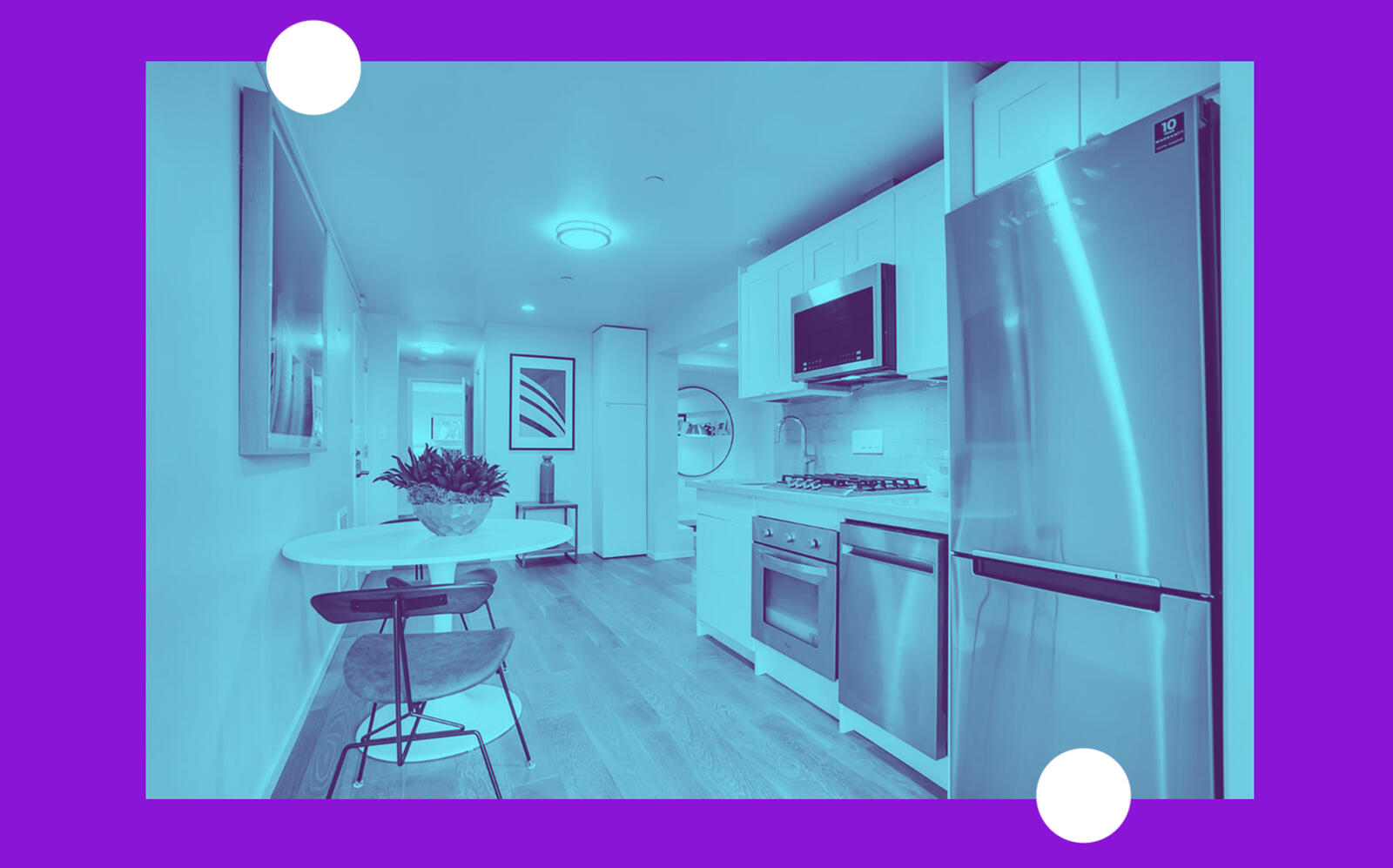 Newsom signs 2 controversial measures to boost housing. Will they be consequential?
Newsom signs 2 controversial measures to boost housing. Will they be consequential?
Trending
Wealthier San Francisco neighborhoods building more ADUs
Even with eased legislation, less-affluent owners can’t afford construction and design costs

Eight years after San Francisco targeted additional dwelling units as a simpler way to turn underused ground floor areas into small, less expensive living spaces, the few that have actually been built are mostly in wealthy neighborhoods unaffordable to lower-income people.
An analysis by the San Francisco Chronicle shows that even after ordinances to streamline the permitting process, new ADUs don’t make up a significant number of new homes. Owners built just 622 of them since 2014, less than 0.2 percent of the city’s total housing supply.
Most were built in affluent central and western areas such as Hayes Valley, Lone Mountain and Haight Ashbury, the newspaper reported. The Haight alone has added 50, more than any other neighborhood. That’s more than the combined total in less-wealthy southern neighborhoods like Visitacion Valley, Ingleside, Excelsior, Portola and Bayview-Hunter’s Point.
The city passed the first of a series of local legislative changes in 2014 that were aimed at making it easier to create the small housing units, which tend to be carved out of the ground floor of multifamily buildings, sometimes in conjunction with a seismic retrofit.
Given the city’s small lot size, just a fraction of ADUs are standalone prefab structures increasingly found in the suburbs as the state also loosened legislation surrounding the units. It’s one of several attempts to increase housing production during the affordable housing crisis.
As in San Francisco, ADUs throughout the state are also more likely to be in affluent areas because lower-income households have a difficult time paying for construction and design costs, David Garcia, policy director for the Terner Center for Housing Innovation, told the Chronicle. Not only are those areas missing out on sorely needed new housing, owners are also unable to use ADUs “as tools to build wealth,” Garcia said.
In an effort to incentivize ADUs among lower-income owners, state lawmakers recently funded one-time $25,000 construction grants for those who earn 80 percent or less of the area median income. State Assemblymember Phil Ting has proposed creating a state fund that lower or middle-income families could use to build ADUs as well.
Read more
 Newsom signs 2 controversial measures to boost housing. Will they be consequential?
Newsom signs 2 controversial measures to boost housing. Will they be consequential?
 $25K grants target low-income homeowners for granny flat construction
$25K grants target low-income homeowners for granny flat construction
[SF Chronicle] – Emily Landes




